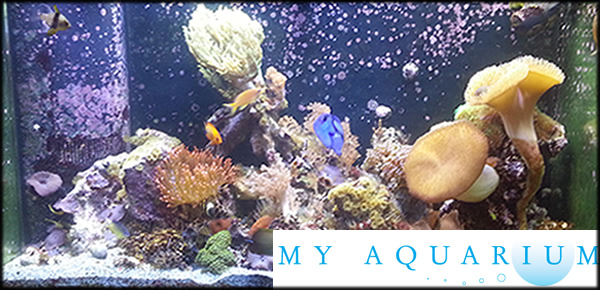What You Need To Know About Aquarium Heaters
A heater is one of the most important pieces of aquarium equipment. Unfortunately the aquarium heater is all to often over looked or misused in the aquarium hobby.
If you are keeping any kind of tropical fish they are used to being kept at tropical temperatures in the high seventies or above with little fluctuation throughout the day. There are some species of cold water fish such as goldfish, that require no heater as they prefer colder temperatures but most aquarium fish are tropical.
The price of aquarium heaters varies a bit but in general the higher end heaters are more dependable and accurate. The more expensive heaters are also often encased in plastic or something other than glass which is a little more fragile and can also come with a build in thermometer.
Your heater should be placed towards the back of the tank in a place with high water flow to disperse the heated water. Use the suction cups and attach the heater to the back glass at an angle if possible.
Your aquarium heater should be plugged in constantly. It is controlled by a thermostat and will only come on when the water goes below the designated temperature. When the heater is active there will be an LED light displaying that it is currently in heating mode. Never take your heater out of the water while it is heating it can break.
Heaters come in different sizes based on wattage. Higher wattage heaters are appropriate for higher volume aquariums. The amount of wattage need for your aquarium will be stated on the package of any new heater but as a general rule is 5 watts for each gallon of water. Try not to go to high over this as overheating can happen however 7 or 8 watts per gallon wont hurt anything.
A particularly good idea especially for large tanks is to have more than one heater. In other words if you have a 100 gallon tank that would need 500 watts instead of one 500 watt heater you could get two 300 watt heaters placed on opposite ends of the tank that would better disperse the heat and add extra protection in the case that one of the heaters failed.


